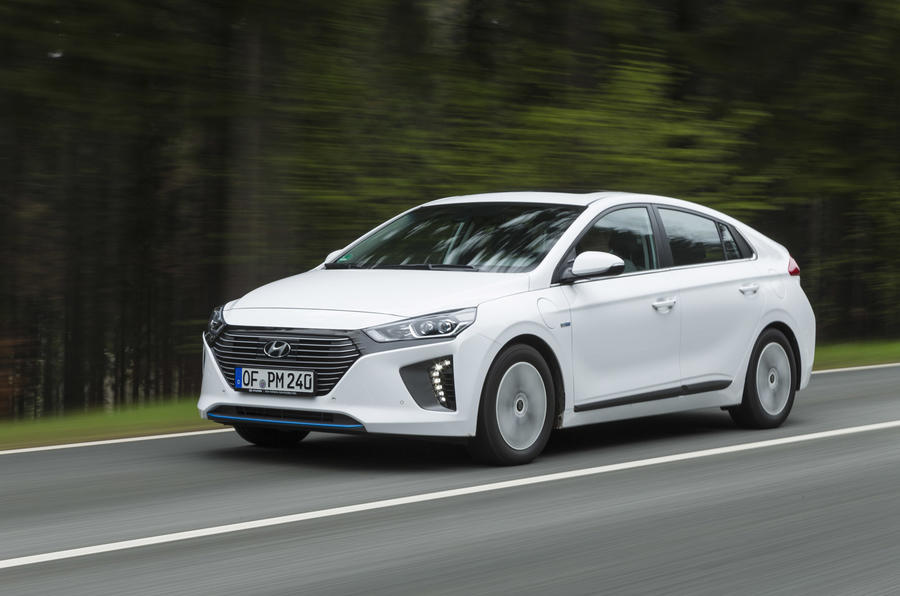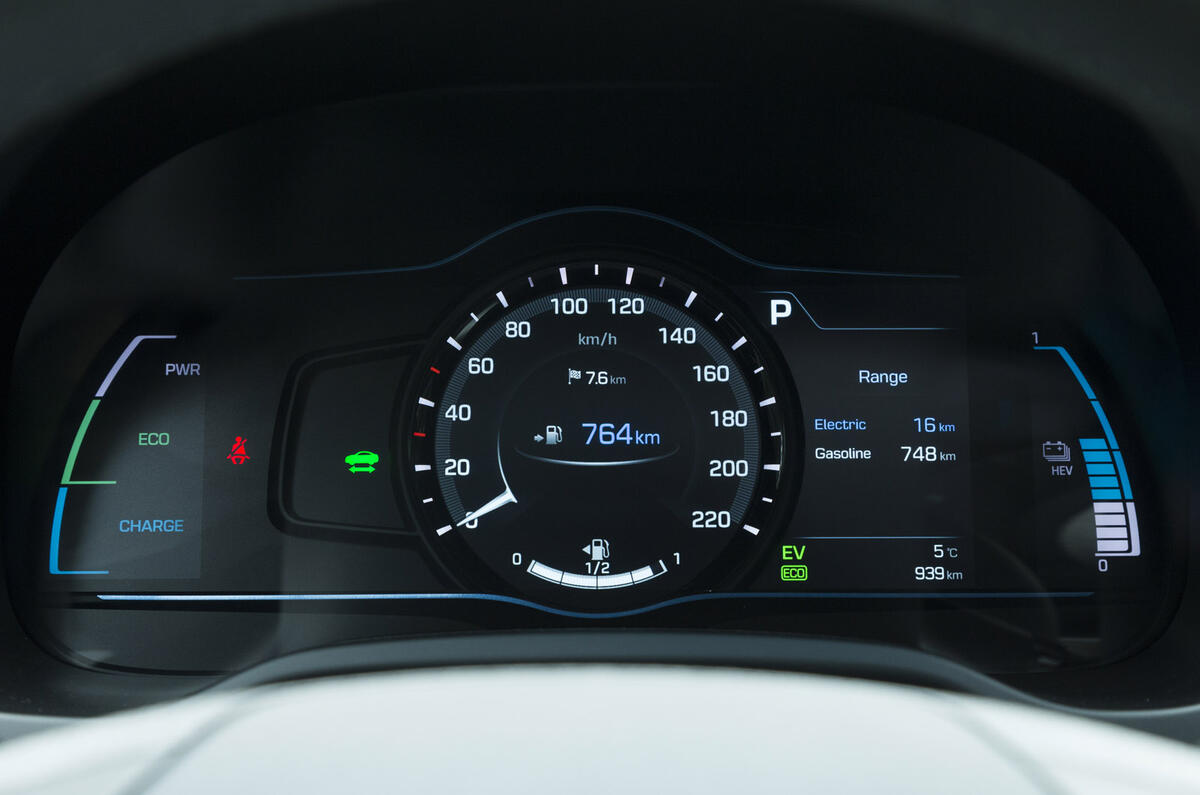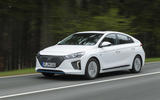What is it?
Hyundai has high hopes for the plug-in hybrid (PHEV) version of its Hyundai Ioniq hatchback, not least because the car you could consider its warm-up act, the cheaper Hyundai Ioniq hybrid, had rattled through Hyundai UK’s annual volume allocation for this year before the end of February.
The PHEV version of the Ioniq will be more expensive than the hybrid, of course (its exact UK price is still to be confirmed) and its real-world fuel economy will depend a great deal upon how it’s used (as is true of all plug-in hybrids). But if you’re reading this for one reason and one reason only, I expect it’s this one: “257mpg”. Such remarkable fuel economy could only come from a really outstanding car, surely?
The third Hyundai Ioniq derivative (there's a fully electric one, too) is ostensibly the same as the lesser hybrid, but for a much larger and more powerful lithium ion drive battery and the Type II electrical charging socket needed to charge it from the mains. The battery’s capacity is 8.9kWh; more by a shade than those of the Toyota Prius Plug-in and Audi A3 etron - and not by coincidence, you suspect.
The bigger battery’s higher voltage also allows the Ioniq’s 60bhp electric drive motor to draw more torque from it more of the time than it can in the hybrid. So while the Plug-in is the heavier of the two, and Hyundai claims identical peak system power and torque outputs for both cars, it’s the Plug-in that’s marginally the more accelerative.
The Ioniq Plug-in charges from a typical 16-amp driveway wallbox charger in a little over two hours. Petrol power comes from a 104bhp 1.6-litre petrol engine running on the Atkinson combustion cycle, and electrical and piston power are juggled onto the road through the front wheels via a six-speed dual-clutch automatic gearbox.






































Join the debate
Add your comment
Ioniq PHEV
Last year I arrived at Kings Cross , needed to drive to Cornwall so I hired a car, it was a Hyundai I3 automatic ( i never drive autos) , it went from A to B and back to A, without any drama. It's a car , a means of transport.
The Ioniq PHEV looks like a very good car, a means of family transport.
Autocar needs a major reset, the UK is too small with too many cars for playing in cars. In the early 1980s I drove from Brighton to London Bridge in 45 minutes, in a Porsche 911S, you just can't drive like that any more so forget it, tune in the Mozart on a good hi-fi and relax until you arrive at your destination.
Agreed, energy consumption should be measured in kilowatt hours
257mpg?!
Also don't bother stating the EU fuel economy results.
We want real reviews with real tests of the vehicle's fuel economy in different situation.
Your review is completely inadequate for a potential buyer of this model.